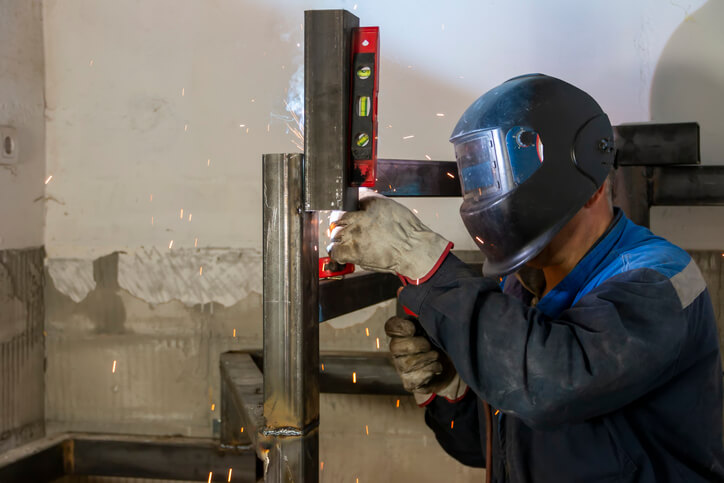
When people think about welding, they often picture sparks flying and skilled technicians working with their hands. While manual dexterity and practical skills are undoubtedly crucial in welding, you might be surprised to learn that math plays a vital role in this profession as well.
Mathematics provides the foundation for understanding welding processes, measurements, and calculations, making it an essential skill for those completing welder training. Welders, particularly professional ones, need to possess a strong understanding of various mathematical concepts, including fractions, decimals, geometry, volume, and area. This knowledge is crucial because welding demands exceptional precision to ensure the structural integrity of the resulting welds, especially in applications involving high-pressure vessels.
In this blog post, we will explore the significance of math in welding and why it is essential for aspiring welders to develop a strong mathematical aptitude.
Accurate Measurements and Calculations and Material and Alloy Comprehension
Welding requires precision and accuracy in measurements. From determining the length and angle of a joint to calculating the appropriate welding parameters, accurate measurements are critical to ensuring structural integrity and weld quality. Math skills enable welders to interpret blueprints, understand dimensions, and make precise calculations. Whether it’s determining the required material quantities, calculating heat inputs, or evaluating welding tolerances, math helps welders execute their work with precision and efficiency.

Understanding the properties of different materials and alloys is paramount to welding. Math provides the necessary foundation for comprehending these properties and their behaviour under various welding conditions. Equations related to material strength, thermal expansion, and mechanical properties assist welders in selecting the right welding technique and parameters for a given application. This knowledge helps prevent material distortion, cracking, and other welding defects that can compromise the quality of the weld.
Blueprint Interpretation Made Easy
Blueprints are a universal language in the welding profession. They provide welders with essential information regarding joint design, weld symbols, and dimensions. Proficiency in math allows welders to interpret blueprints accurately, identify critical dimensions, and plan their welding processes accordingly. Understanding geometric shapes and angles is particularly important when working with complex joint configurations. Welders with mathematical proficiency can accurately analyze the blueprint’s information, apply mathematical principles such as trigonometry, and determine the exact angles and dimensions needed for the welds. This attention to detail and mathematical precision ensures that the welds fit precisely, maintaining the desired structural integrity.

Problem Solving and Troubleshooting Made Easy After Welder Training
Welding often presents challenges that require problem-solving skills. Math, in addition to their welder training, equips welders with the ability to analyze complex situations, apply logical reasoning, and devise effective solutions. For instance, when encountering irregular joint configurations, welders can use math to determine the correct angles and dimensions for their welds. In addition, math proficiency allows welders to troubleshoot welding defects by identifying potential causes and making adjustments to welding parameters.
Mathematics provides a systematic framework for welders to approach challenges, encouraging a methodical and analytical mindset. It enhances their ability to understand the underlying principles of welding processes, enabling them to make informed decisions and take corrective actions when necessary.
Prepare for a Successful Welding Career Through Welder Training With NATS!
The Structural and Pressure Vessel Welder Diploma Program at North American Trade Schools (NATS) is a comprehensive program that provides students with the essential knowledge and practical skills needed to excel in the field of welding. Through hands-on training, students learn various welding techniques, safety protocols, blueprint reading, and welding symbols. The program’s curriculum is designed to meet industry standards and prepare graduates for entry-level welding positions. With experienced instructors, state-of-the-art facilities, and a focus on real-world applications, the welder diploma program at NATS equips students with the expertise and confidence to pursue rewarding careers in welding, contributing to their professional growth and success.
Are you looking for a world-class welder college?
Contact NATS for more information.



